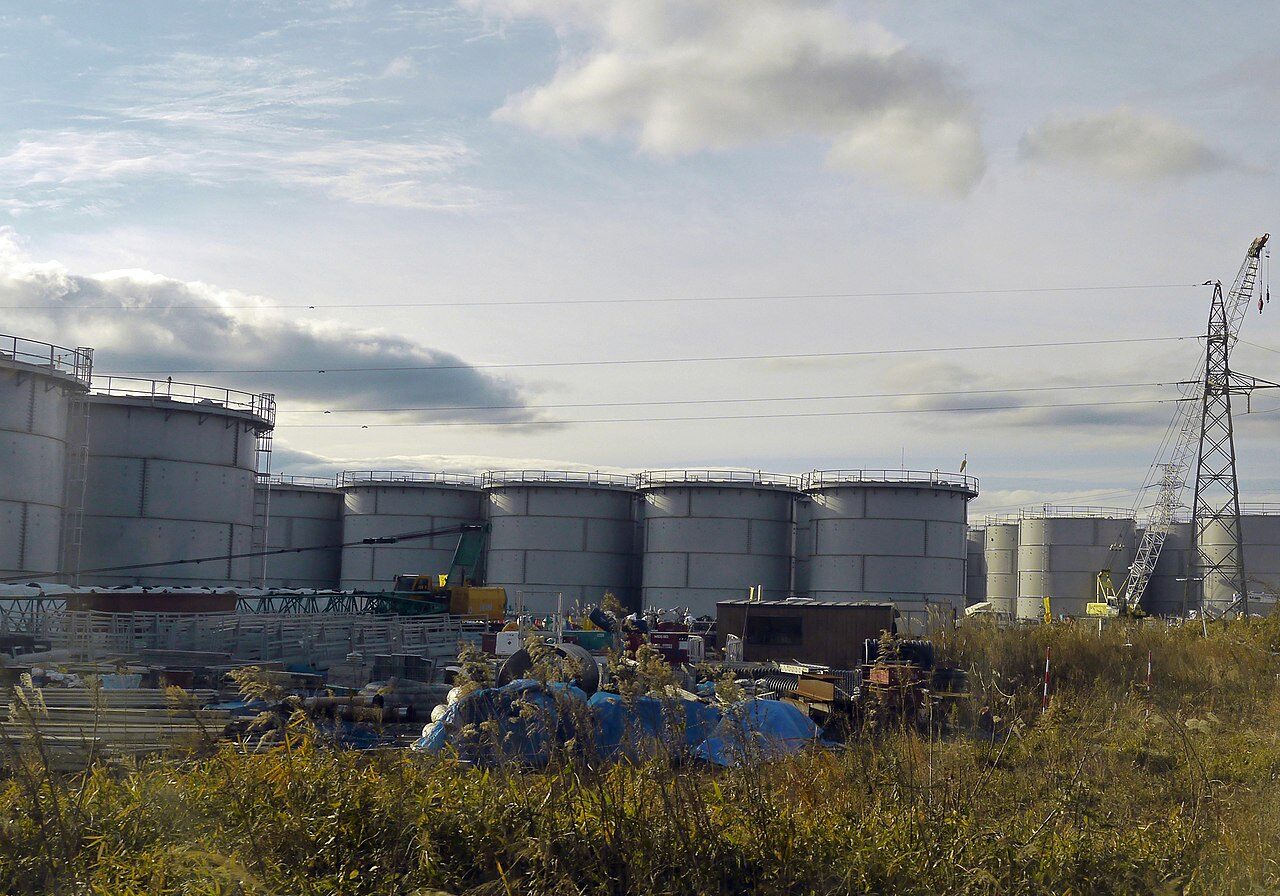Japan tests radioactive water discharge

On June 12, Tokyo Electric Power Company (TEPCO) began testing the discharge system it intends to use to release radioactive water into the Pacific ocean from the Fukushima Daiichi nuclear power plant site.
It used regular, uncontaminated water for the test, which was discharged through an under-sea tunnel system. TEPCO will spend two weeks testing the system before beginning the discharge of the radioactively contaminated water, likely sometime this summer, despite intense domestic and worldwide opposition.
The radioactive water that has been accumulating in on-site tanks is predominantly contaminated with tritium (radioactive hydrogen).
TEPCO claims it has a filter system that can remove all radioactive elements other than tritium, which cannot be separated from water.
But independent experts say it is impossible to remove all traces of all other radionuclides, which include cobalt 60, strontium 90 and cesium 137.
An August 2022 expert panel delivered a report — Views of the Scientific Status of the Planned Release of Radioactively Contaminated Cooling Water from the Fukushima Nuclear Power Plant Disaster — that laid out 11 significant conclusions, including:
“The assumption that “dilution is the solution to pollution” is scientifically outdated and ecologically inappropriate. That is even more so in the case of the proposed discharges, which will inflict substantial reputational damage to fisheries in Japan, and beyond. The proposed action poses transgenerational and transboundary issues that deserve to be much more seriously considered; specifically, they require that ecosystem and reputational harm and transboundary harm be avoided if possible. That requires a wider and more in-depth exploration of options than has occurred.”
There is also no need to rush to discharge the water, as the radioactive water is now accumulating much more slowly on the site and there is land available where additional storage tanks could be sited.
In the view of Japanese anti-nuclear activists and other concerned parties, the motivation to dump the water in the ocean is driven by the desire to make the entire Fukushima Daiichi nuclear accident “disappear” by removing inconvenient optics and statistics in order to normalize the disaster as non-serious and non-enduring, the very reverse of reality.
Support Beyond Nuclear
Help to ensure a safer, greener and more just world for all

